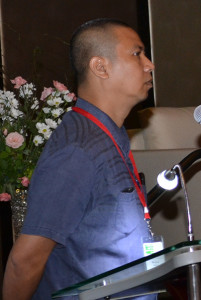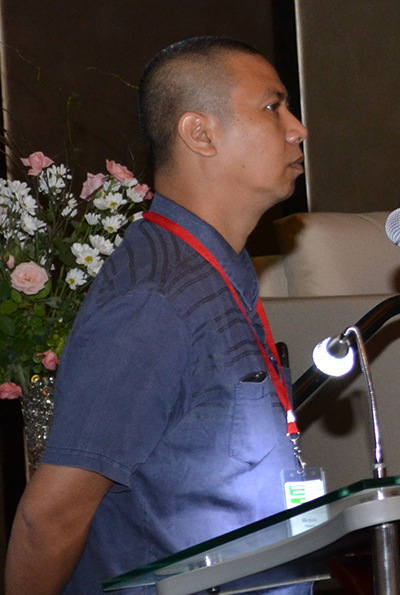
Mindanao needs physical and virtual integration to support the growing number of homegrown exporters in the region.
Physical integration involves infrastructure support such are roads and ports that will serve production areas, according to Michael Joseph Ignacio, executive director of Philippine Exporters Confederation, Inc. Region 10.
Bringing raw materials to production areas is “still a problem,” Ignacio said on the sidelines of the recent PortCalls-organized Mindanao Shipping Conference 2014 in Cagayan de Oro City.
In the lumber industry, one of the major export sectors in Northern Mindanao, for example, a truck picking up lumber from a farm especially during the wet season “needs to bring its own sand and gravel because the barangay (village) will not allow you to harvest unless you reinforce the roads,” Ignacio said.
That’s why arterial networks and port improvements in the area are among the projects pushed by the National Economic and Development Authority (NEDA) Region 10, Ignacio noted.
In his presentation at the Mindanao Shipping Conference, NEDA Region 10 director Leon Dacanay, Jr said ongoing and proposed projects for the region include widening the Butuan-Cagayan de Oro-Iligan City road, Pangil Bay Bridge project, Cagayan de Oro coastal bypass road, Mindanao east-west lateral road (Bukidnon-Iligan Road), rehabilitation and reconstruction of Sayre Highway; Circumferential Road; and the Ozamiz City coastal bypass road.
Also on the drawing board are projects to improve berthing facilities at ports in Cagayan de Oro City, Iligan City, Ozamiz City and Camiguin.
Aside from major road projects, Ignacio said there is a need to ensure access roads to and from the ports are up to par.
“A railway might be nice but it might not be the best solution. For the meantime, we’re looking at not just highways but better roads going to the sources,” he added.
Ignacio said Philexport 10 recognizes government’s efforts to build an infrastructure network, but that “it’s not moving the way we had hoped it would.”
He noted projects being undertaken today should have been implemented a decade ago.
Meanwhile, exporters in the region have learned to deal with the constant lack of power, investing in their own generators.
“I know for a fact that most manufacturing companies, even those not exporting, towards the end of February would start making contracts with genset providers because they know the water level at the lake will start to go down,” Ignacio said.
Beyond physical integration, the region also requires virtual integration, which entails ensuring faster internet connectivity and a stronger network signal.
“In Metro Manila, [internet speed is] 2 mbps and it will only cost you P25 [per hour in an internet shop]. Here the rate is the same except [it’s] 400kb and that’s in the urban [area],” he pointed out.
“What if you’re in Bukidnon and there’s no signal? How do you lodge an export declaration (with the Bureau of Customs)?”
Industry on the rise
Despite the many infrastructure and IT problems, Ignacio said the number of homegrown exporters in Northern Mindanao is on the rise.
“What’s good about it? The money stays here.”The total export value of Mindanao is only around $4 billion to $5 billion per year, he pointed out, but “that’s more meaningful” because it is “distributed from the producer up to the shippers’ level.”
“Unlike with electronics, it may be the biggest export commodity of this country. But who earns? The money gets out,” Ignacio said, adding that “it’s only the labor component that’s earning.”
He said the agriculture sector also employs “a few hundred thousand workers” like the electronics sector. — Roumina Pablo





